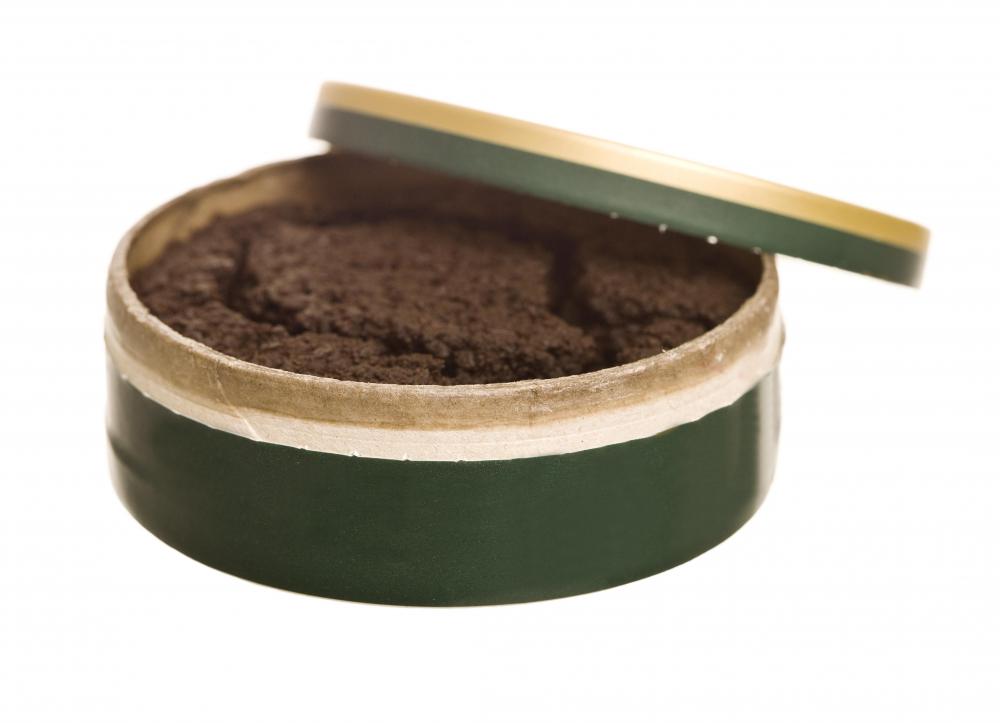At WiseGEEK, we're committed to delivering accurate, trustworthy information. Our expert-authored content is rigorously fact-checked and sourced from credible authorities. Discover how we uphold the highest standards in providing you with reliable knowledge.
What is Oral Cancer Screening?
Oral cancer screening is a method of looking for potential cancers in the mouth. Screening tests are performed by doctors and dentists who look for lesions, or abnormal white or red cell patches. During the screening, high risk areas of the mouth are examined, including the bottom of the mouth, the top and sides of the tongue, and the soft palate. If anything unusual is found in the mouth, it does not immediately indicate a person has cancer. Abnormalities indicate that further testing should be done to determine if cancer is present in the mouth.
Besides a quick visual exam, several methods of oral cancer screening exist to detect abnormal tissues that potentially are cancerous. One method includes applying a blue dye to the inside of an individual’s mouth or having the patient rinse with a blue dye. The darkest areas may be an indication that cancer is present in the mouth.

Another oral cancer screening method includes the use of a fluorescent light. During the oral exam, a doctor or dentist shines a special light in the patient’s mouth or has the patient rinse with a fluorescent mouthwash. Under the light, healthy areas of the mouth will appear dark while abnormal tissues will show up white.
Other methods of oral cancer screening include collecting cells from within the mouth. During exfoliative cytology, cells are collected from the lip, tongue, mouth, or throat by using a piece of cotton or a tiny wooden stick. A brush biopsy involves removing cells from the mouth with a brush that gathers cells from all layers of a lesion. With both methods, the cells are then examined under a microscope to determine if they are abnormal.

Oral cancer screening is not foolproof. Exam results can seem normal even though cancer does exist in the mouth. A person who receives a false negative result may delay in getting treatment because the individual does not think he or she has cancer. Conversely, a person may receive a false positive test result, a reading that cancer exists when it really does not. A false positive result may cause needless stress for an individual who may then undergo unnecessary follow-up tests.

A person who is at risk for oral cancer may benefit from a screening. An individual may have a higher probability of contracting oral cancer if he or she engages in any form of tobacco use, such as smoking cigarettes, cigars, or pipes, or chewing tobacco. Other factors that may predispose a person to oral cancer include heavy consumption of alcohol, and prior diagnosis or family history of cancer. Before having an oral cancer screening, an individual should check whether the test is covered by insurance. Not all insurances cover special screening exams.
AS FEATURED ON:
AS FEATURED ON:
















Discuss this Article
Post your comments